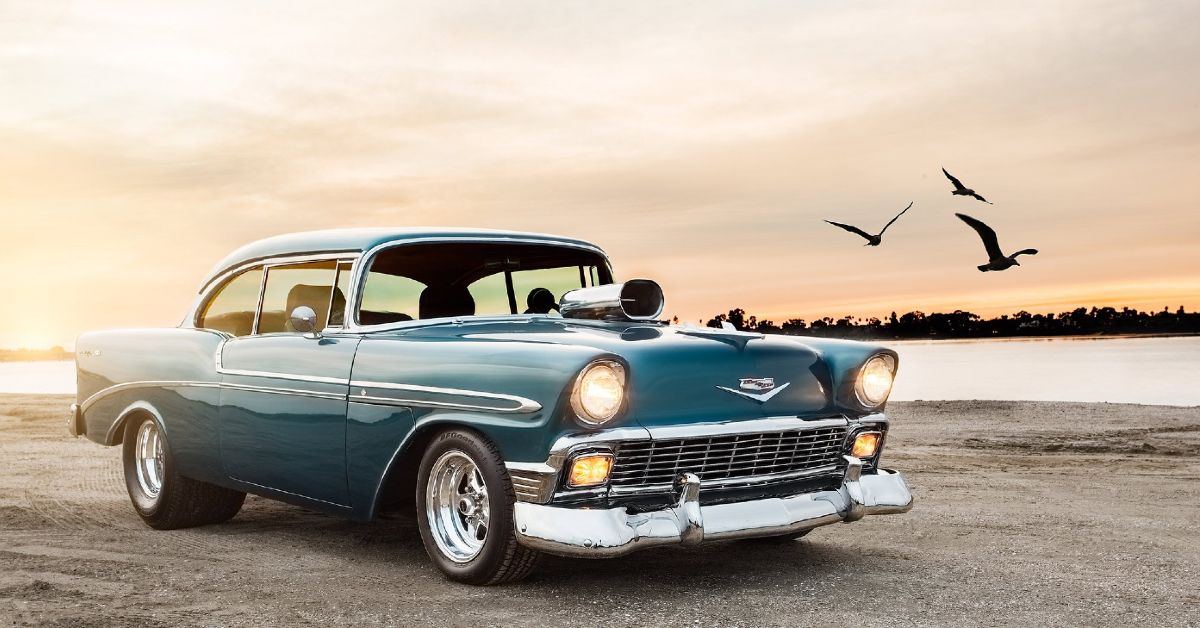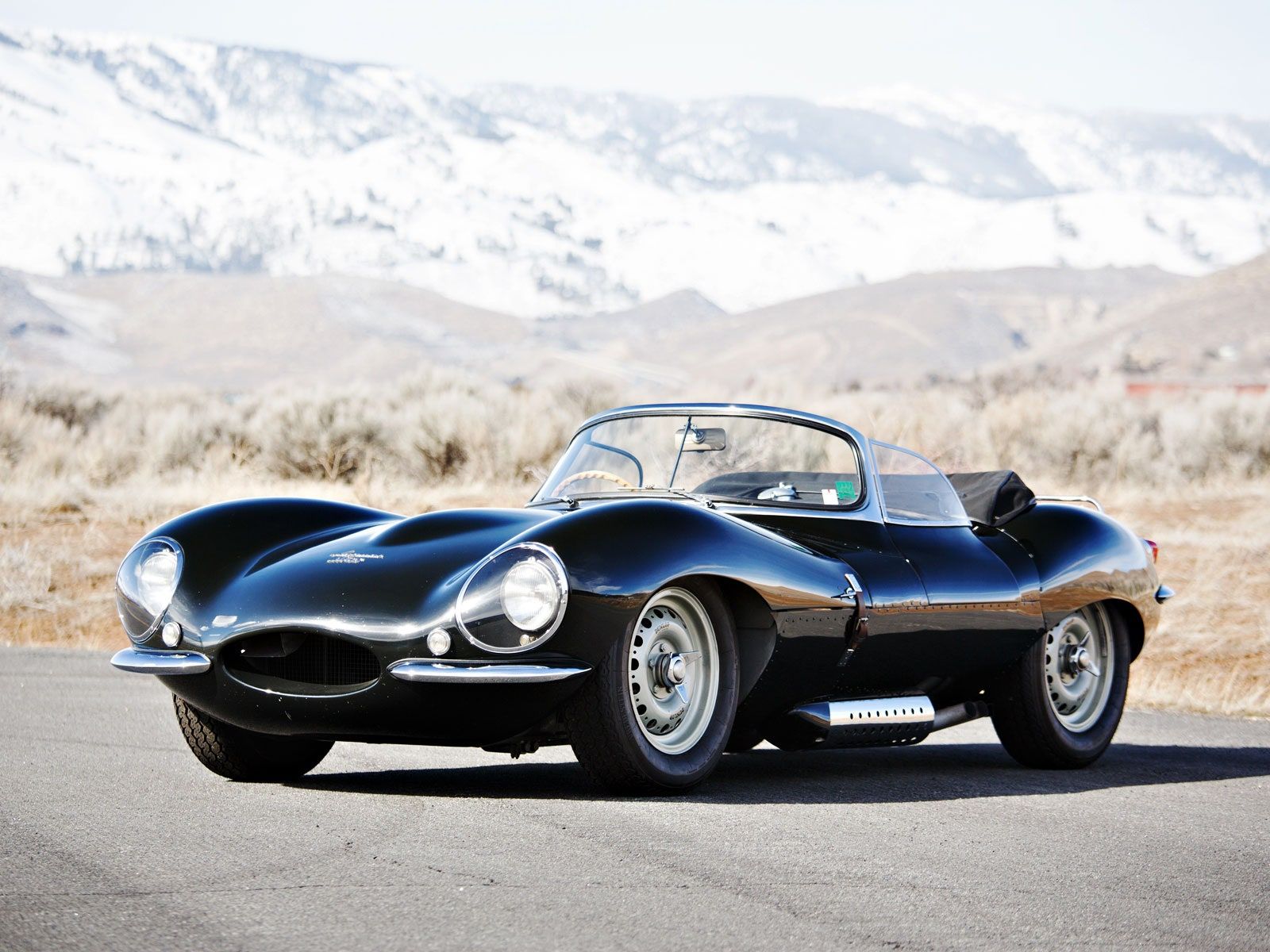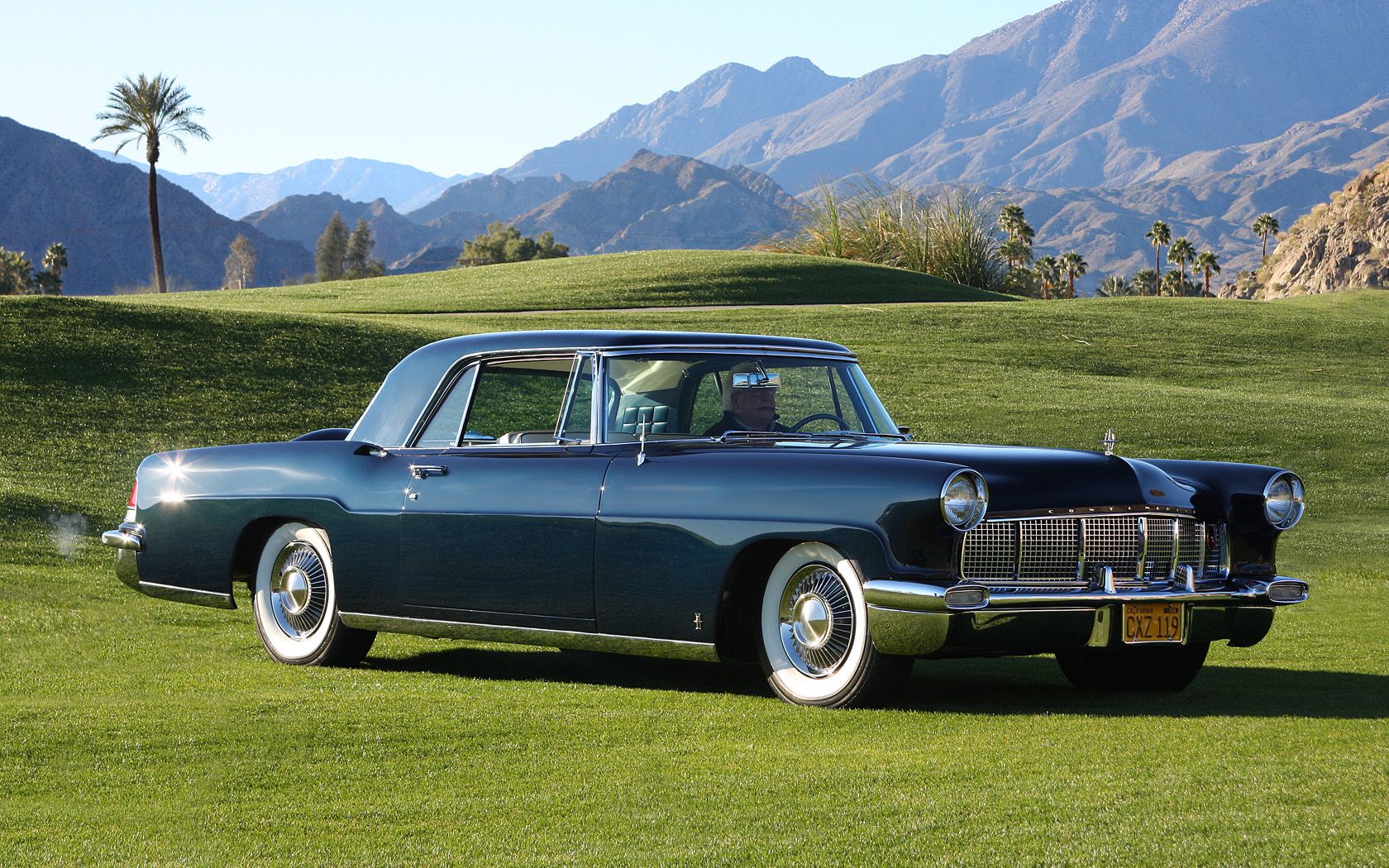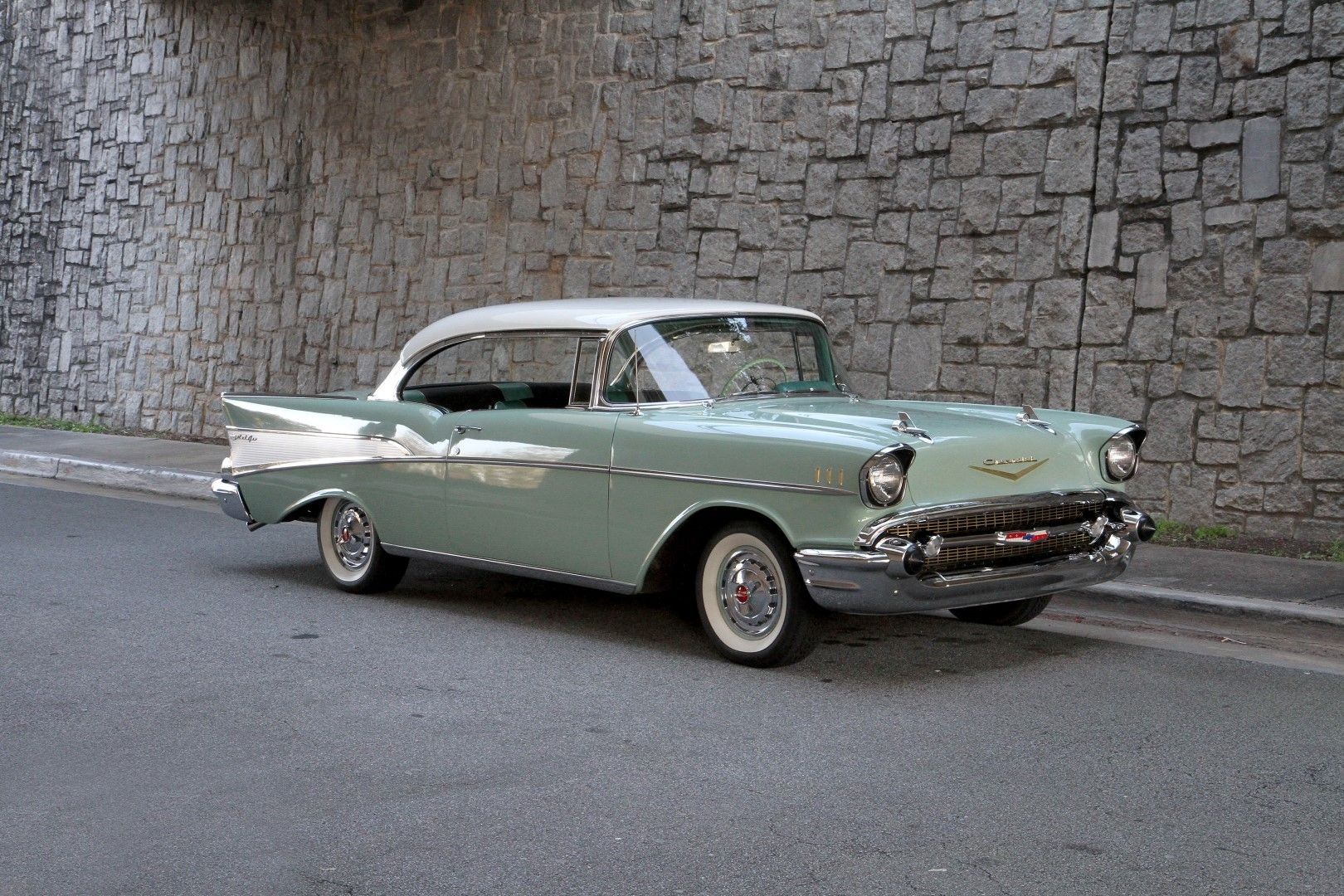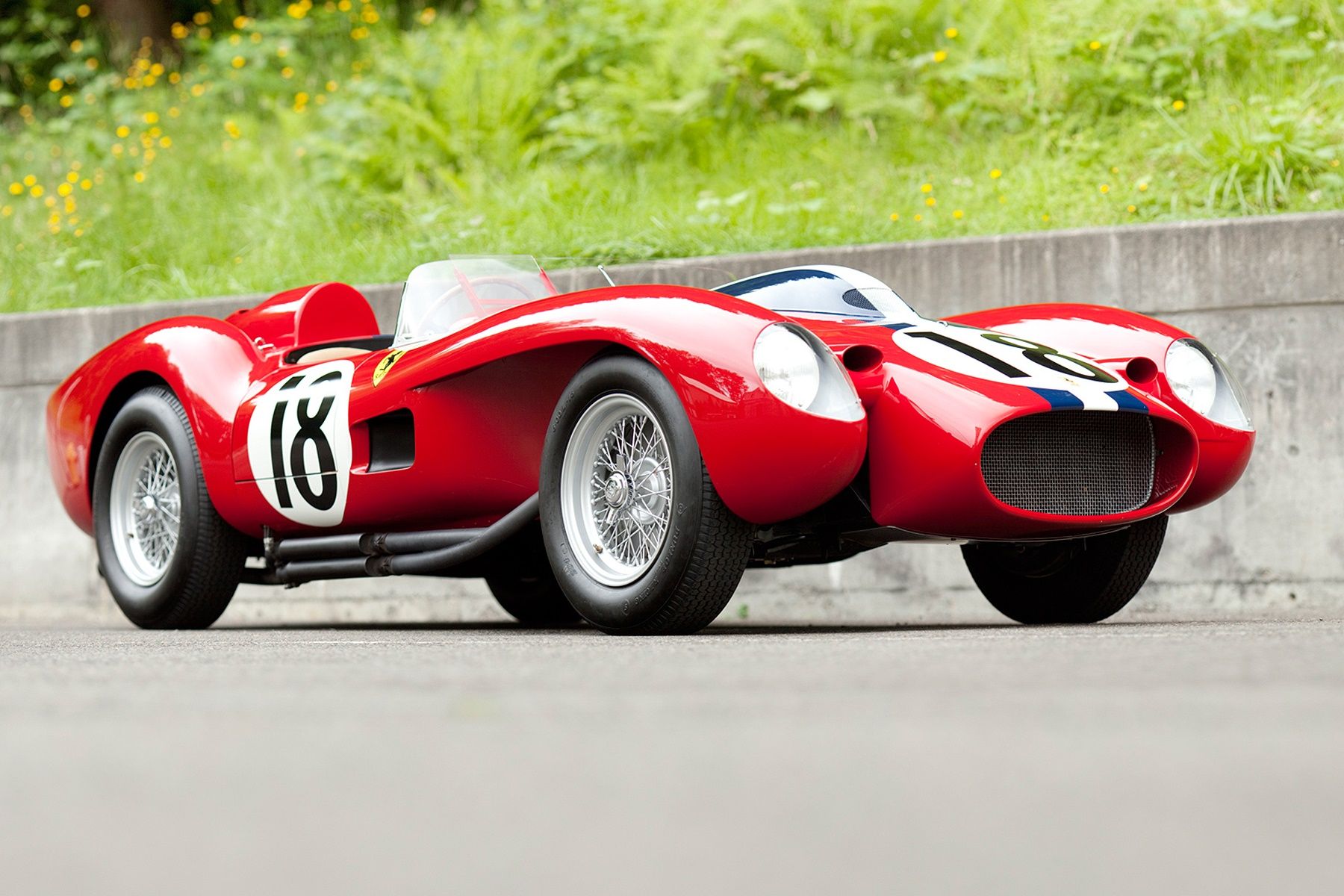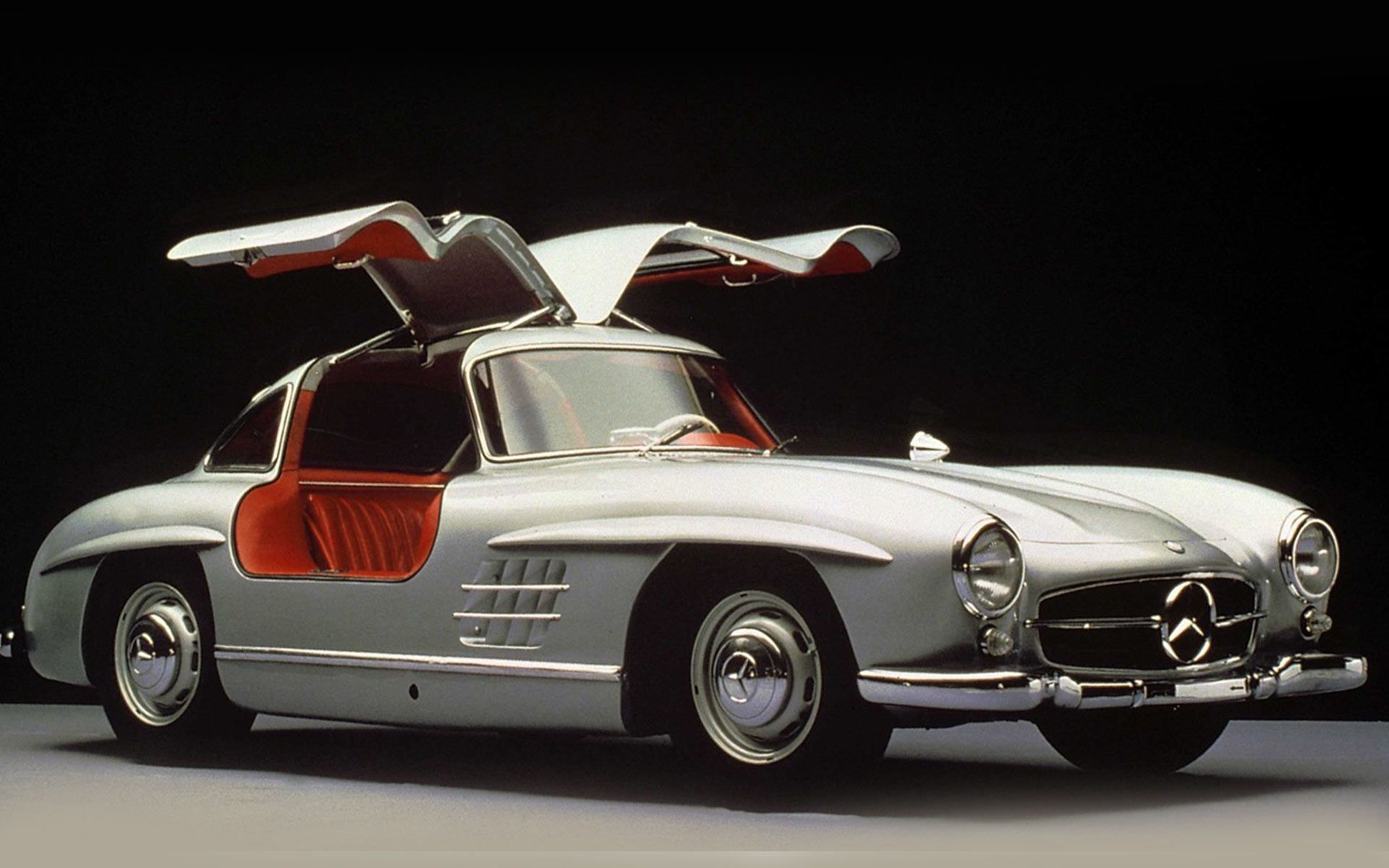Throughout the world, the 1950s was a period of unparalleled change. After the ravages of World War Two, a new generation was pushing the boundaries in technology, engineering, and design. Such innovation, as you might imagine, filtered over into the automotive sphere.
After what had gone before, the step-up in automobile technologies was a huge leap forward, taking cars from a needless luxury, into a modern necessity. In Europe and the States, manufacturers were poised to capitalize on the feelgood factor.
Cars, almost overnight, were transformed under the bonnet. But what this era's cars are perhaps best known for, is just how extraordinarily beautiful some models were. Aesthetics became as integral as the mechanical components, leading to a truly golden era.
Here then, is why the 50s was the best decade for design.
Space-Age Designs
Part of the reason for the great acceleration in technologies throughout the 50s was due to the blossoming space race. As the Cold War ramped up, one of the pleasing by-products was the technological leaps that it ushered in. Cars, intended only for civilian use, benefited from engineering that was carried out for altogether more sinister reasons.
This also impacted car design, where space-age curves and aerodynamic chassis happened to also look stunningly pretty - as the Jaguar XKSS above demonstrates. Built primary for racing in 1957, the XKSS is today one of the world's most valuable cars - and not because it goes fast. Its undoubtedly one of the Brtish carmakers' most beautiful vehicles, in part due to the futuristic curves of its body.
Ultra-Luxurious Sedans
Stateside, another quiet design revolution was taking place - one that continues to have a lasting impact on new vehicles to this very day. Luxurious sedans became more widely available to the public - no longer used to simply ferry members of the establishment from Washington to New York. Cars such as the 1957 Lincoln Continental were revolutionary for their ability to wed spaciousness and luxury. The trunk and hood are both ludicrously long, but in 1950s America, could get away with hogging a lot of tarmac.
It's an aesthetic that has stood the test of time, even as the modern world has necessitated the need for smaller means of transport. Still, that doesn't mean we can't marvel at Sedans from a bygone era.
Endless Chrome And Tailfins
The most iconic design features of the 1950s are, without doubt, tailfins and excess chrome. Both gave 1950s American cars a unique feel and sense of longevity, as they are simply unmistakable. None encapsulated this style more than the legendary Chevrolet Bel Air. Draped in chrome trimmings, and elongated to a frankly ridiculous degree by its tailfin, few cars compare in terms of impact. The Bel Air put Chevrolet on the map, laying the foundations for the V8 monsters to come in the 60s. It wasn't one for performance or functionality, but in terms of sheer beauty, nothing comes close.
Raw Simplicity And Mechanical Elegance
Part of the enduring romance of cars from the 1950s comes from how brilliantly primitive they both feel and look. On sports cars, exposed rivets, as well as the absence of windscreens and roofs gave them an enduring charm. The pictured 1958 Ferrari 250 Testarossa is a classic example of this. A car built primarily to win the World Sports Car Championship (after a regulation change), there were no frills nor pretty trimmings. And yet, it looked all the better for it. The exhaust pipe is exposed from front to back, a feature that you didn't even know you wanted. The bodywork compliments its mechanical components perfectly, making for a design masterpiece, by anyone's standards.
Innovation Without Regulation
As the decades have progressed, real-world economic and environmental issues led to regulations that have, in turn, negatively impacted car design. The 50s and 60s signified the last time periods to exist without jarring limitations - and it shows in the designs of cars from that era. However, this wasn't the only reason for some of the more extreme innovations. On the cars themselves, many areas hadn't yet been subject to experimentation. Today, the sight of a gull-winged car like the Mercedes 300 SL isn't especially noteworthy. But in 1955, this was a game-changer - a modern take on a conventional form factor.
In Summary, it's hard to categorically say which decade was the pinnacle of design, as it very much comes down to personal preference. But if you love chrome, tailfins, and exposed rivets, then it's hard to look past the 50s. These were revolutionary machines for a revolutionary age, and the mere fact that we remember them fondly, suggests to me that it really was the apex of car design.
Sources: Wired.com, Magazine.ferrari.com, buzzdrives.com.

